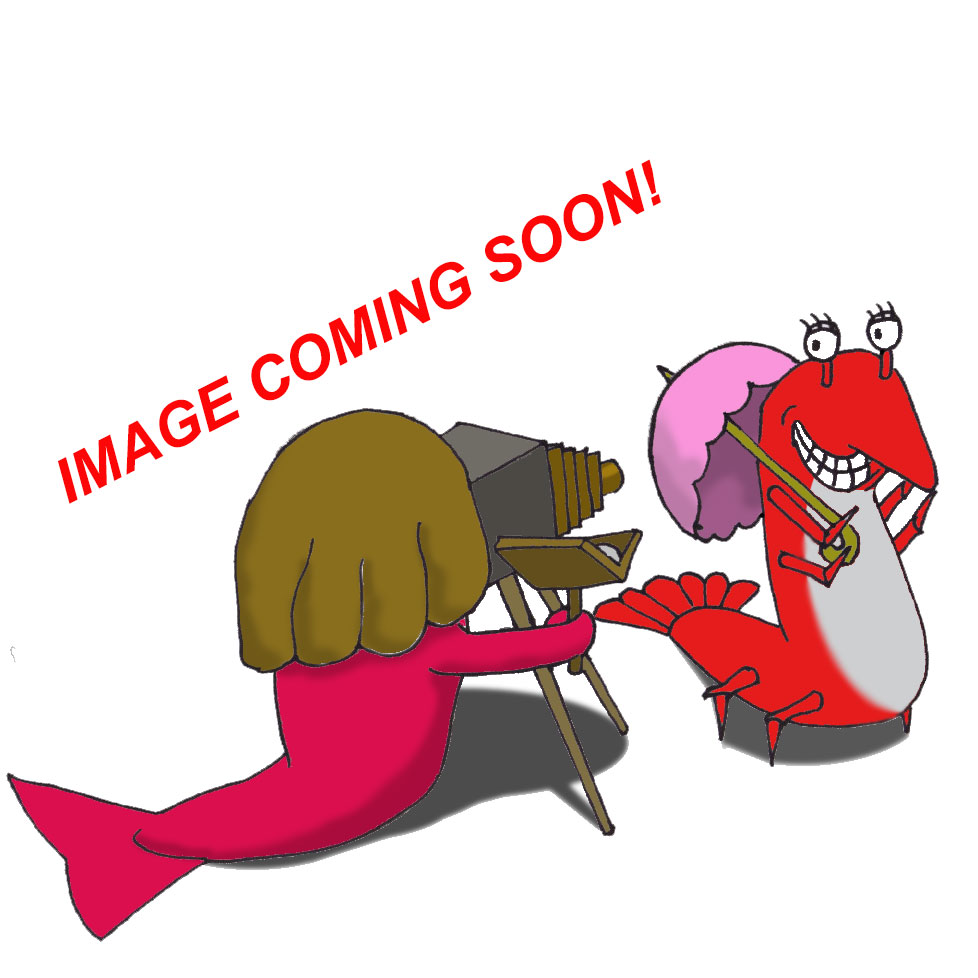Blue Head Wrasse (Atlantic)
Wrasses are prone to jumping from the aquarium when startled or excited so we recommend a secure lid. They feel most secure when there is plenty of live rock to hide in, as well as open space for swimming. Most species may be kept in pairs or harems as long as they are added together or females first. They do not appreciate living with other species of wrasse, so any aquarium with several species must be large enough and the most peaceful species added first.
They should be fed two to three times a day plenty of high quality meaty items, frozen Mysis shrimp, krill, chopped seafood, marine algae and Spirulina.
These wrasses are easy to keep and have active personalities. They have big appetites for invertebrates, especially shrimp, however larger species may attack other crustaceans, snails, worms including bristleworms, mantis shrimp and starfish among others. They do not bother corals or anemones, but may flip over rocks in their search for food. Large species may also bully or eat small fish, but they are typically nonaggressive with other large fish as long as they have a different shape. Similarly shaped fish are seen as a threat and may be targeted; we do not recommend keeping them with small species such as flasher wrasses. They may be kept in pairs or harems as long as they are added at the same time or females first.
They will hide within the rockwork to sleep, but when threatened will dive into the sand for protection. They can even swim under the sand to avoid predators. A fine sand bed of at least 2-3 inches will help them feel secure. Rocks should be placed on the aquarium glass and sand poured around them to eliminate the danger of a cave-in when the wrasse dives in.
The Blue Head wrasse is an incredible beauty from the Caribbean. Mature male fish sport a bright sapphire blue head and a wide, distinctive band at the shoulders of inky black with stark white in the middle. Its body is turquoise and transitions to aqua at the tail. Female fish have a more turquoise colored head. Juvenile fish are more lemon colored with a dark horizontal stripe along their bodies. It grows up to 7 inches and needs an aquarium of at least 90 gallons.


